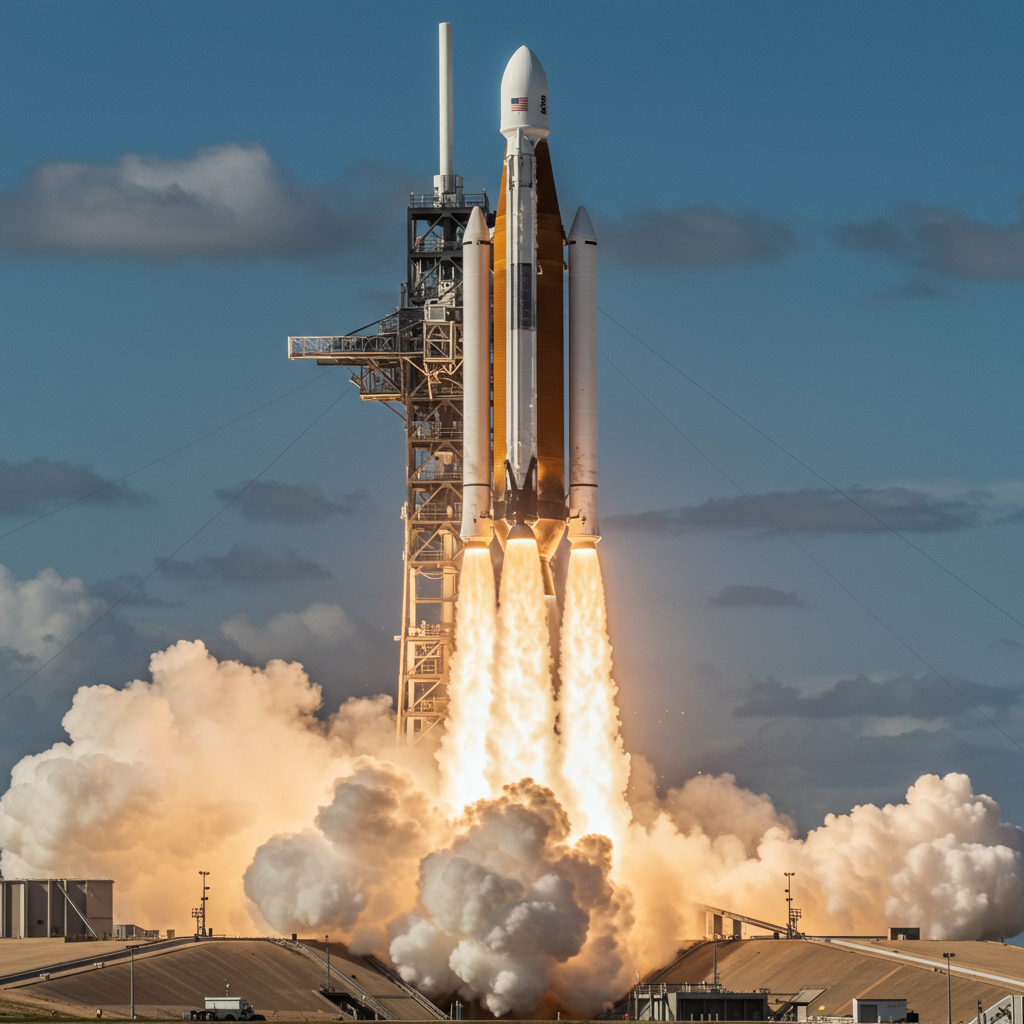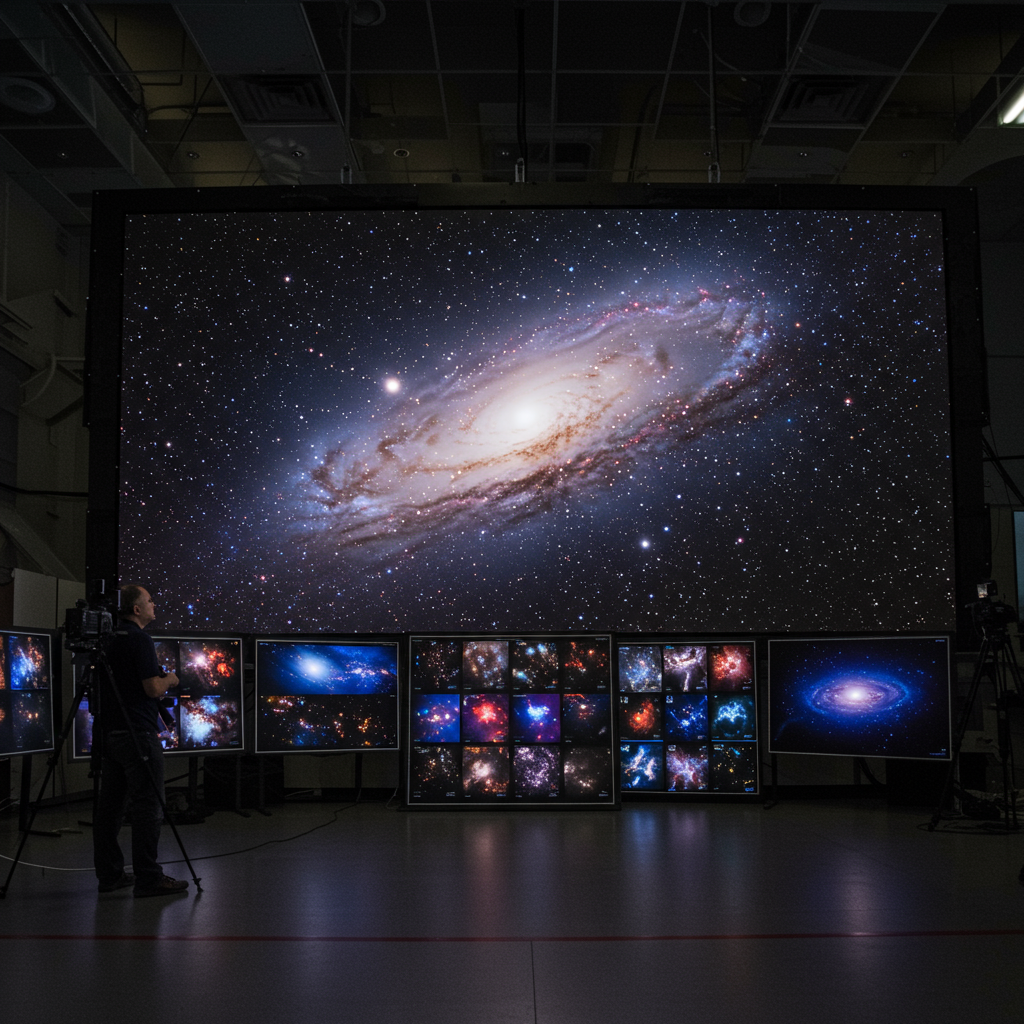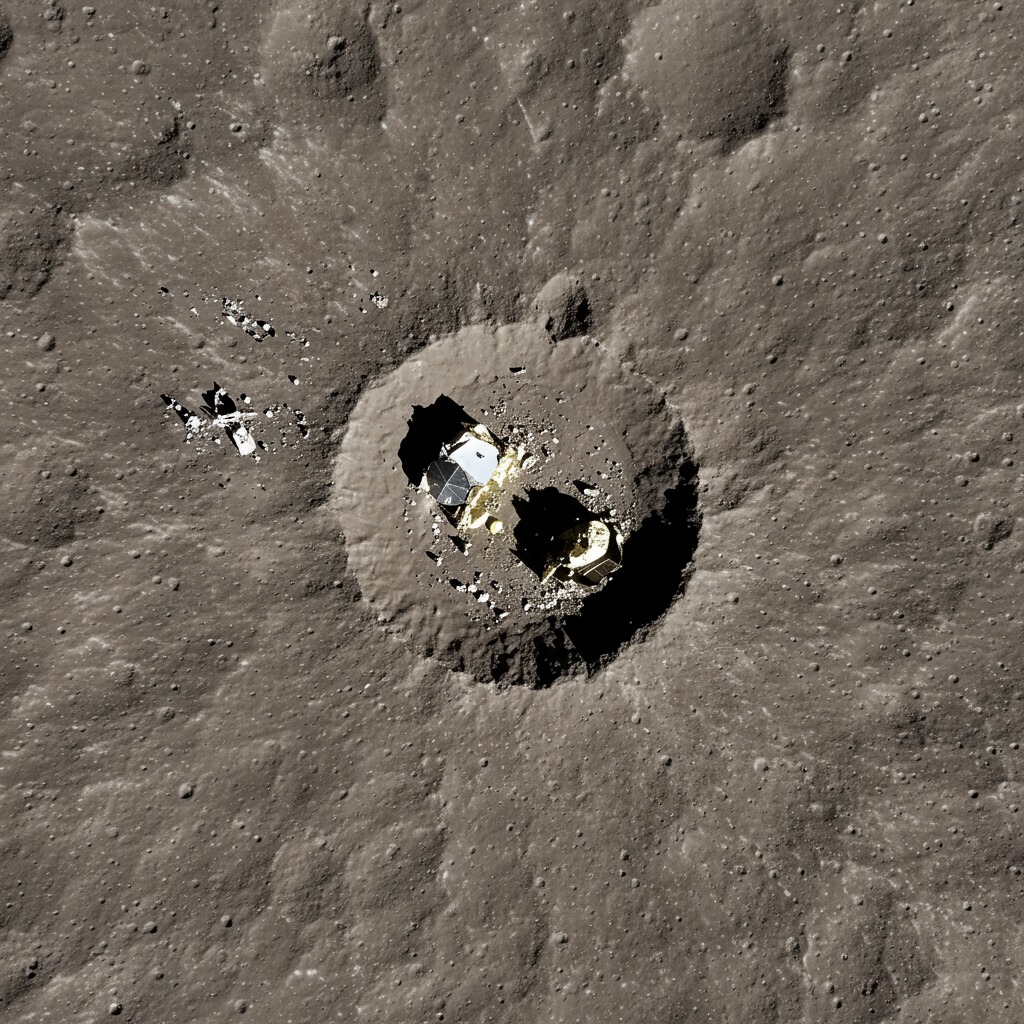A pivotal pre-launch milestone for the upcoming Crew-11 mission to the International Space Station has been successfully achieved. On Tuesday, July 29, 2025, SpaceX, in close coordination with NASA, executed a crucial static fire test of its Falcon 9 rocket at Launch Complex 39A at NASA’s Kennedy Space Center. This vital hot fire test signifies the readiness of the launch vehicle for its human spaceflight journey, bringing the Crew-11 liftoff closer.
The successful static fire is a testament to the rigorous evaluation process that ensures mission safety and reliability. For approximately ten seconds, the Falcon 9’s nine Merlin engines roared to life. This brief but powerful ignition, with the rocket securely clamped to the launchpad, allowed engineers to verify the health and performance of the vehicle. The results of this mid-afternoon engine firing appeared optimal, paving the way for the mission’s final preparations.
The Critical Static Fire: A Launch Essential
A static fire test is a fundamental pre-launch operation in spaceflight. It mimics the initial moments of liftoff without actually releasing the rocket from its hold-down clamps. During this procedure, the rocket’s engines are briefly ignited, generating immense thrust. This allows ground teams to meticulously collect performance data from the engines, propulsion systems, and ground support equipment. Engineers analyze this data to confirm all systems are operating nominally and that the rocket is healthy enough for flight.
For crewed missions, such as Crew-11, this test is even more paramount. It serves as a final, comprehensive check before astronauts entrust their lives to the vehicle. The Falcon 9 rocket, standing tall at 70 meters, underwent this critical evaluation to ensure its structural integrity and operational precision. This level of scrutiny underscores NASA and SpaceX’s unwavering commitment to astronaut safety and mission success.
Overcoming Initial Hurdles: Monday’s Aborted Attempt
The successful static fire on July 29 followed an earlier, aborted attempt. On Monday, July 28, the initial hot fire sequence was automatically halted at T-57 seconds. The cause was identified as an indicator issue related to the transporter erector’s cradle arm position. Despite the automatic abort, NASA quickly confirmed that the cradle arm itself functioned correctly.
Teams promptly reviewed the collected data from the incident. Crucially, both the Falcon 9 rocket and the Crew Dragon Endeavour spacecraft remained in excellent health on the pad. This incident highlights the robust safety protocols built into modern launch systems, where automated systems can detect and prevent potential issues before they escalate. After a swift resolution and review, a new test window was targeted for the following day, ultimately leading to the successful completion of the static fire.
Booster B1094: A Proven Performer with a Past
The Falcon 9 first stage booster designated for the Crew-11 mission is serial number B1094. This flight marks its third journey into space, showcasing SpaceX’s advanced reusability capabilities. Booster B1094 previously launched the Starlink 12-10 mission on April 29 and the Axiom Mission 4 (Ax-4) on June 25.
B1094 has certainly earned its veteran status, having navigated some pre-launch challenges. Ahead of the Ax-4 mission, this same booster experienced a liquid oxygen leak during its static fire test. SpaceX officials later attributed this leak to an issue that arose during the booster’s landing on a droneship after the Starlink 10-12 mission in late April. William Gerstenmaier, SpaceX’s Vice President of Build and Flight Reliability, confirmed that the leak was actively addressed at the launch pad using a nitrogen purge system. Additionally, a thrust vector control problem was also rectified. The successful completion of the Crew-11 static fire, despite its history, demonstrates SpaceX’s ability to diagnose and mitigate complex issues.
Integrating the Stack: Preparing for Launch
The physical preparation of the Falcon 9 and Dragon for the Crew-11 mission has been a meticulously choreographed process. The fully integrated rocket assembly rolled out of the hangar at Launch Complex 39A around midnight, heading into Sunday, July 27. It was then carefully brought into its vertical launch position by 10 a.m. EDT. Following this, the crew access arm, a crucial component for astronaut boarding, swung out to position itself precisely alongside the Crew Dragon Endeavour capsule.
These steps are part of a broader sequence of pre-launch activities. Earlier, a dry dress rehearsal took place, where the astronauts boarded the un-fueled Dragon spacecraft. Such rehearsals are vital for the crew and ground teams to practice procedures and ensure seamless operations on launch day. Every detail, from the precise positioning of the access arm to the readiness of flight systems, is thoroughly vetted to prepare for the Thursday, July 31 liftoff.
Meet the Crew-11 Team
The Crew-11 mission will transport four dedicated individuals to the International Space Station for an extended stay. The diverse international crew arrived at Kennedy Space Center on Saturday afternoon, July 26. Their arrival marked the beginning of a standard quarantine period, a crucial health measure for all ISS bound missions.
Leading the mission is NASA astronaut Zena Cardman, serving as mission commander. This will be her inaugural journey to space. Joining her for his first spaceflight is Roscosmos cosmonaut Oleg Platonov, one of two mission specialists. Returning to orbit for his fourth time is veteran NASA astronaut Mike Fincke, the mission pilot. Japanese Aerospace Exploration Agency (JAXA) astronaut Kimiya Yui, a mission specialist, will be making his second trip to the orbiting laboratory. This blend of seasoned veterans and first-time flyers ensures a rich exchange of experience and perspective onboard the ISS.
A Longer Stay? Potential Mission Extension
The Crew-11 team is slated for a long-duration stay, nominally planned for at least six months aboard the International Space Station. However, NASA and its international partners are actively considering extending this nominal mission to eight months. This potential extension aims to better align with the shifting timelines being implemented by Russia regarding its Soyuz crew rotation missions.
The dynamic nature of space station operations often necessitates such adjustments to optimize resource utilization and ensure continuous human presence. A final decision on the precise length of the Crew-11 mission is not anticipated until approximately one month after the Crew-11 spacecraft successfully docks with the ISS. This flexibility highlights the collaborative and adaptive approach required for long-term space exploration.
Broader Context: A Busy Month for SpaceX
July 2025 has proven to be an exceptionally busy month for SpaceX, with the Crew-11 preparations fitting into a larger pattern of intense operational tempo. Beyond human spaceflight, SpaceX has been consistently launching Starlink satellite missions, expanding its low Earth orbit megaconstellation. Multiple Starlink deployments occurred from both Cape Canaveral and Vandenberg Space Force Base, pushing the total number of operational satellites past 8,000. These launches aim to bolster global internet service, including in polar regions like Alaska.
Furthermore, SpaceX supported other significant commercial and scientific missions. This includes the launch of twin satellites for NASA to study space weather phenomena and the deployment of Boeing-built O3b mPOWER satellites into medium Earth orbit. This relentless pace of operations underscores SpaceX’s dominant role in the commercial space launch sector, while simultaneously managing the intricacies of crewed missions.
Lessons from Crew-10: Assuring Human Spaceflight Safety
The successful static fire for Crew-11 also builds upon recent experiences from previous human spaceflight missions. For instance, the earlier Crew-10 mission, launched in March 2025, faced its own set of technical challenges during pre-launch. These included a hydraulic system issue affecting clamp arms and detailed reviews of Draco thruster performance with reused engine coatings. Crucially, a post-landing fuel leak and engine fire on a different Starlink Falcon 9 booster (B1086) necessitated a thorough investigation before Crew-10 could proceed.
NASA and SpaceX teams demonstrated remarkable dedication in resolving these issues. Steve Stich, manager of NASA’s Commercial Crew Program, emphasized the systematic approach to problem identification and resolution. Despite the root cause of the B1086 fire still being under review, comprehensive data analysis, including “sniff checks” and static fire results for the Crew-10 booster (B1090), provided sufficient evidence for NASA to clear the mission for launch. This rigorous multi-layered review process, applied consistently across all crewed missions, is precisely why tests like the Crew-11 static fire are so critical. It ensures that every potential anomaly is thoroughly investigated and mitigated, safeguarding human lives.
Frequently Asked Questions
What is a static fire test, and why is it essential for Falcon 9 crewed launches?
A static fire test is a crucial pre-launch procedure where a rocket’s engines are briefly ignited while the vehicle remains securely bolted to the launchpad. This test allows engineers to collect critical data on engine performance, propulsion systems, and ground support equipment. For crewed missions like Crew-11, it’s an indispensable final verification step, ensuring the Falcon 9 is operating perfectly and safely before astronauts are launched into space. It’s a comprehensive health check for the entire rocket system.
What challenges did SpaceX’s B1094 booster overcome before the Crew-11 mission?
Booster B1094, a seasoned Falcon 9 first stage, experienced a liquid oxygen leak during its static fire test prior to the Axiom Mission 4 (Ax-4) earlier in the year. This leak was attributed to an issue that arose during its landing after a previous Starlink mission. SpaceX addressed the problem at the launchpad by installing a nitrogen purge to mitigate the leak and also resolved a thrust vector control issue. The successful completion of the Crew-11 static fire confirms these past anomalies have been effectively managed, proving the booster’s continued reliability.
How does a successful static fire impact the Crew-11 mission’s launch timeline and objectives?
A successful static fire test is the penultimate major step before a Falcon 9 crewed launch. It provides the final validation of the rocket’s propulsion system and overall readiness. With this milestone achieved, the Crew-11 mission is now poised for its targeted liftoff on Thursday, July 31. The primary objective is to transport four astronauts and a cosmonaut to the International Space Station for a long-duration scientific and operational stay, potentially extending from six to eight months depending on ongoing discussions with international partners.
The successful static fire test marks a significant step forward for the Crew-11 mission. With the Falcon 9 deemed healthy and ready, attention now turns to the final countdown and the highly anticipated liftoff from Kennedy Space Center. This rigorous preparation, combining cutting-edge technology with meticulous testing protocols, underscores the dedication of NASA and SpaceX to the safe and reliable transport of humans to orbit. The world watches as this crucial crew rotation prepares to embark on its journey to the International Space Station.
References
- spaceflightnow.com
- <a href="https://www.spacedaily.com/reports/SpaceXscrubsstaticfiretestofFalcon9duetoissue_999.html”>www.spacedaily.com
- spaceflightnow.com
- spaceflightnow.com
- www.nasa.gov




